Succulents are popular for their unique appearance and low-maintenance requirements. Here’s a comprehensive guide to help you plant and care for succulents, ensuring they thrive in your home or garden.
1. Choosing the Right Succulents
Select succulents that suit your environment. Popular varieties include Aloe Vera, Echeveria, and Jade Plant. Ensure they are healthy and free of pests when purchasing.
2. Pot and Soil Selection
Use pots with drainage holes to prevent water from accumulating at the bottom, which can lead to root rot. Choose a well-draining soil mix specifically designed for succulents, or make your own by mixing regular potting soil with sand or perlite.
3. Planting Succulents
- Fill the Pot: Place a layer of small stones or gravel at the bottom of the pot to improve drainage.
- Add Soil: Fill the pot with the succulent soil mix, leaving enough space for the plant.
- Plant: Gently place the succulent in the pot, covering the roots with soil. Press lightly to secure the plant.
- Top Layer: Add a layer of small pebbles or gravel on top of the soil for a finished look and to prevent soil erosion.
4. Watering
Succulents store water in their leaves, making them drought-tolerant. Water deeply but infrequently, allowing the soil to dry out completely between waterings. In general, watering once every two weeks is sufficient, but adjust based on the humidity and temperature of your environment.
5. Light Requirements
Succulents need plenty of sunlight to thrive. Place them in a bright location where they can receive at least 6 hours of indirect sunlight daily. If growing indoors, a south-facing window is ideal.
6. Temperature and Humidity
Succulents prefer warm temperatures between 60-80°F (15-27°C) and low humidity. Protect them from extreme temperatures and frost, as they are not cold-hardy.
7. Fertilizing
Feed succulents sparingly, using a balanced, water-soluble fertilizer diluted to half strength. Fertilize once a month during the growing season (spring and summer) and avoid fertilizing in the dormant season (fall and winter).
8. Pest Control
Keep an eye out for common pests like mealybugs and spider mites. If you notice any, treat your succulents with insecticidal soap or neem oil.







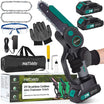
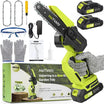








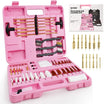
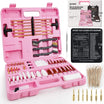
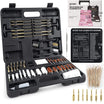
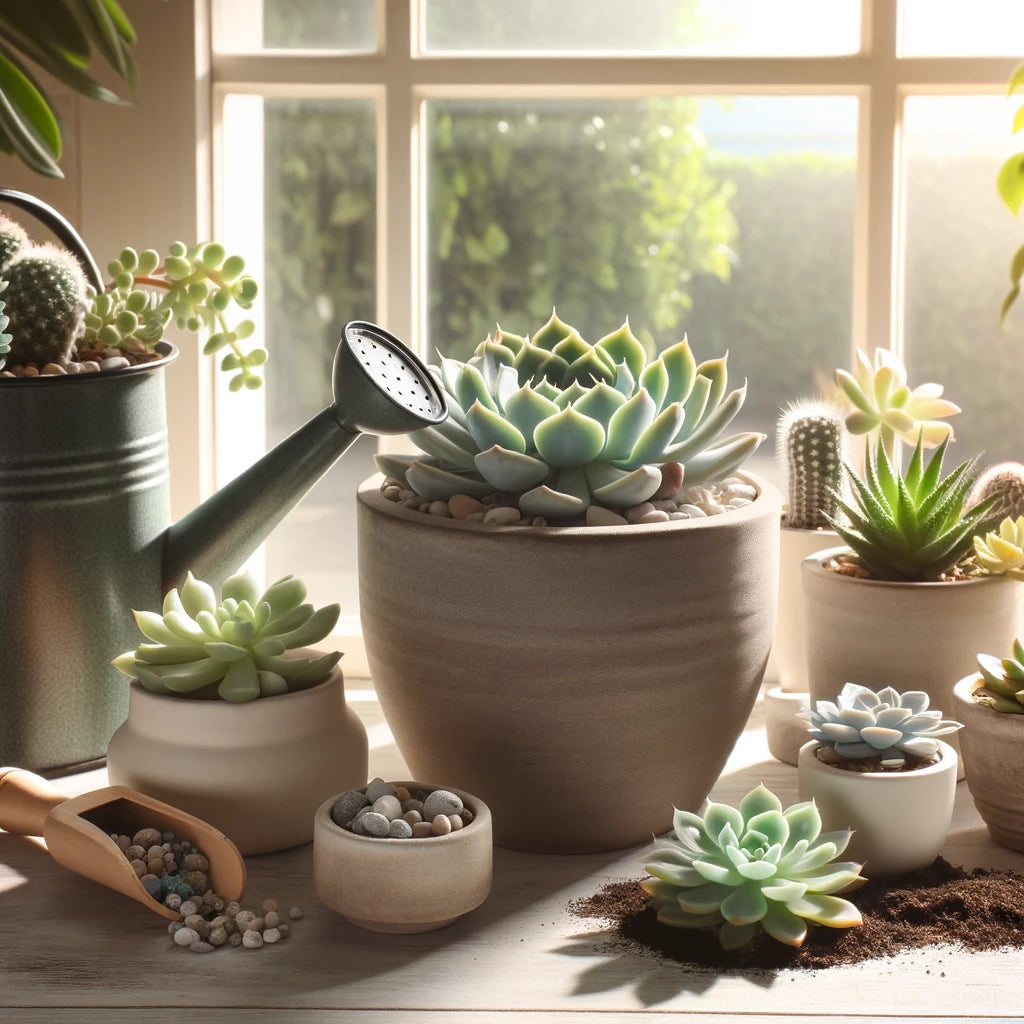
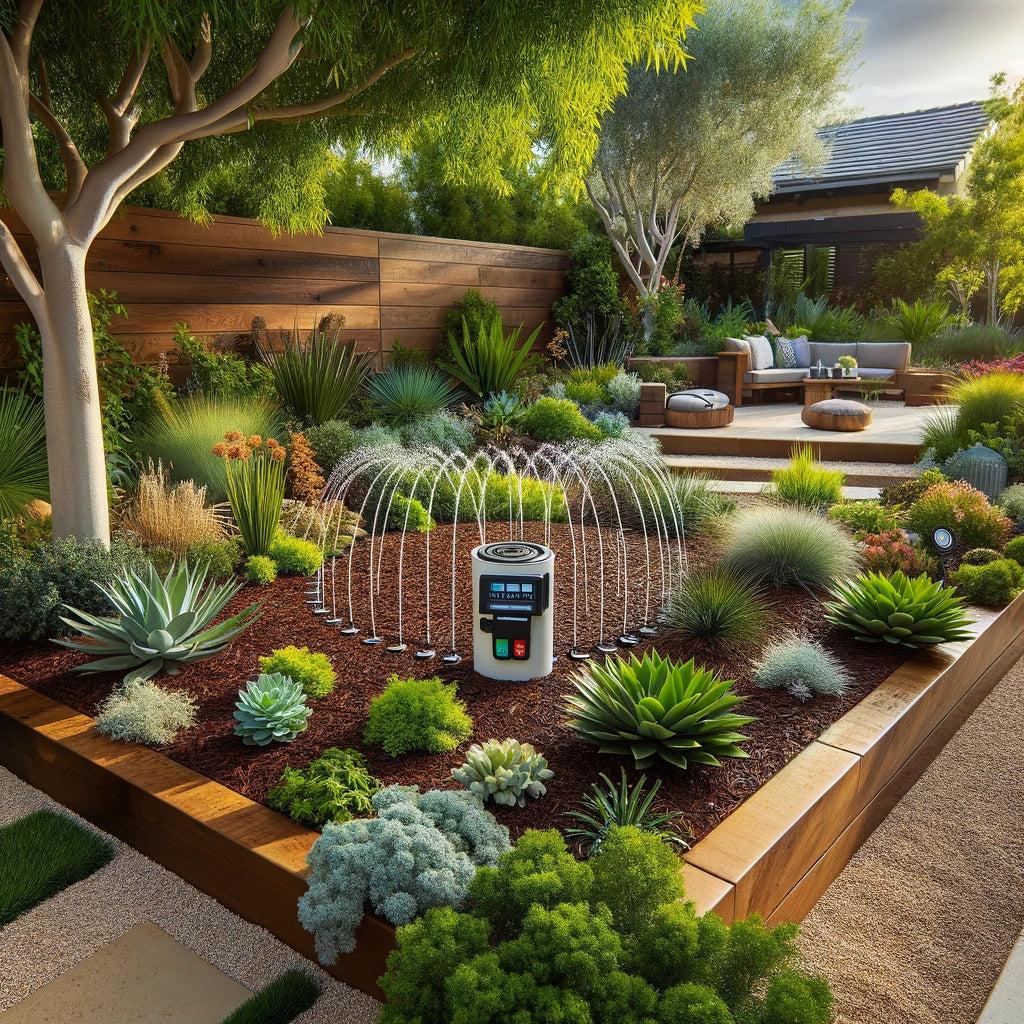
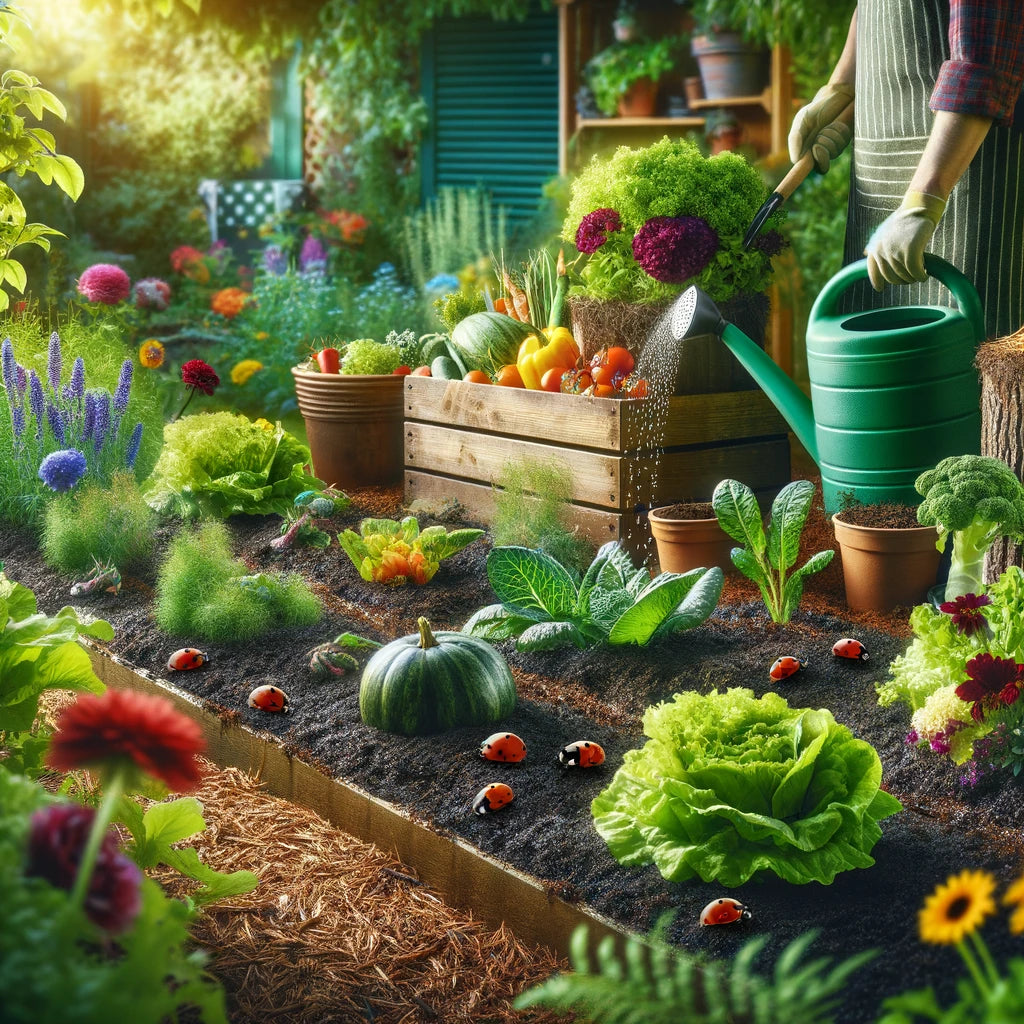
Leave a comment
All comments are moderated before being published.
This site is protected by hCaptcha and the hCaptcha Privacy Policy and Terms of Service apply.